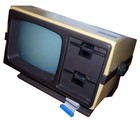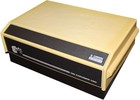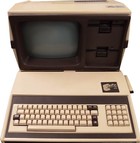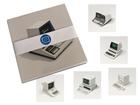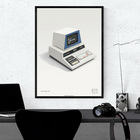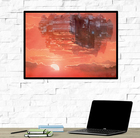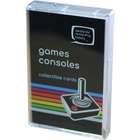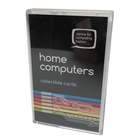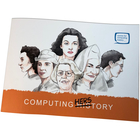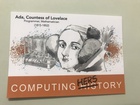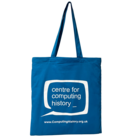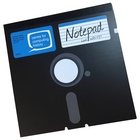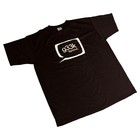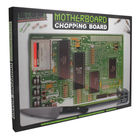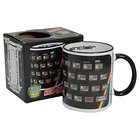Exidy

Exidy was one of the largest creators of arcade video games during the early period of video games, from 1974 until at least 1986 (when Chiller was released. The company was founded by H.R."Pete" Kauffman. The name "Exidy" was a portmanteau of the words "Excellence in Dynamics."
Some of the notable games released by Exidy included Circus, Death Race, Star Fire, Venture, Pepper II, Mouse Trap, Targ, and Spectar. Star Fire was prominently featured in the 1980 film Midnight Madness, while Mouse Trap was the subject of a song on the 1982 Pac-Man Fever album.
Beginning in 1983, Exidy released a series of light gun games, the first and most well-known of which was Crossbow. These presented an unusual twist to the genre: the goal is to protect characters walking through the screen by shooting down bullets and other things which are trying to kill the characters. These games were also the first to feature fully digitized sound for all sound effects and music (more advanced than other games up until the 16-bit generation). Other "C" series games include Cheyenne, Combat, Crackshot, Clay Pigeon, and Chiller. Chief designer for these games was Larry Hutcherson.
Exidy also made a rarely-seen motion cabinet game with vector graphics called Vertigo. Chief game designer for this game was Vic Tolomei.
Another somewhat successful game from Exidy was a driving game named Top Secret. This game featured a spy car with advanced weaponry on a mission inside the Soviet Union to destroy a heavily-guarded Top Secret super weapon. Game designers for this game were Vic Tolomei, Larry Hutcherson and Ken Nicholson.
Under the leadership of visionary Paul Terrell of Byte Shop fame, Exidy made a brief foray into the personal computer market, with the Exidy Sorcerer in 1978. The Sorcerer was a modified S-100 bus based machine, but lacked the internal expansion system common to other S-100 systems. It made do with an S-100 expansion card-edge that could connect to an S-100 expansion cage. The Sorcerer also featured an advanced (for the era) text display that was capable of 64 characters per line, when most systems supported only 40 characters. Oddly, the Sorcerer did not support sound, colour, or in some respects, graphics, which seems at odds with the company's video game background; however the characters it displayed were programmable by the user. The system was never very popular in North America, but found a following in Australia and Europe, notably Belgium.
Exidy licensed the Sorcerer computer and its software to a Texas-based start-up called Dynasty Computer Corporation in 1979. It was relabelled and sold by Dynasty as the Dynasty Smart-Alec.
In 2006 it was announced that Mean Hamster Software acquired rights to develop new Exidy arcade games
Thank you wikipedia

